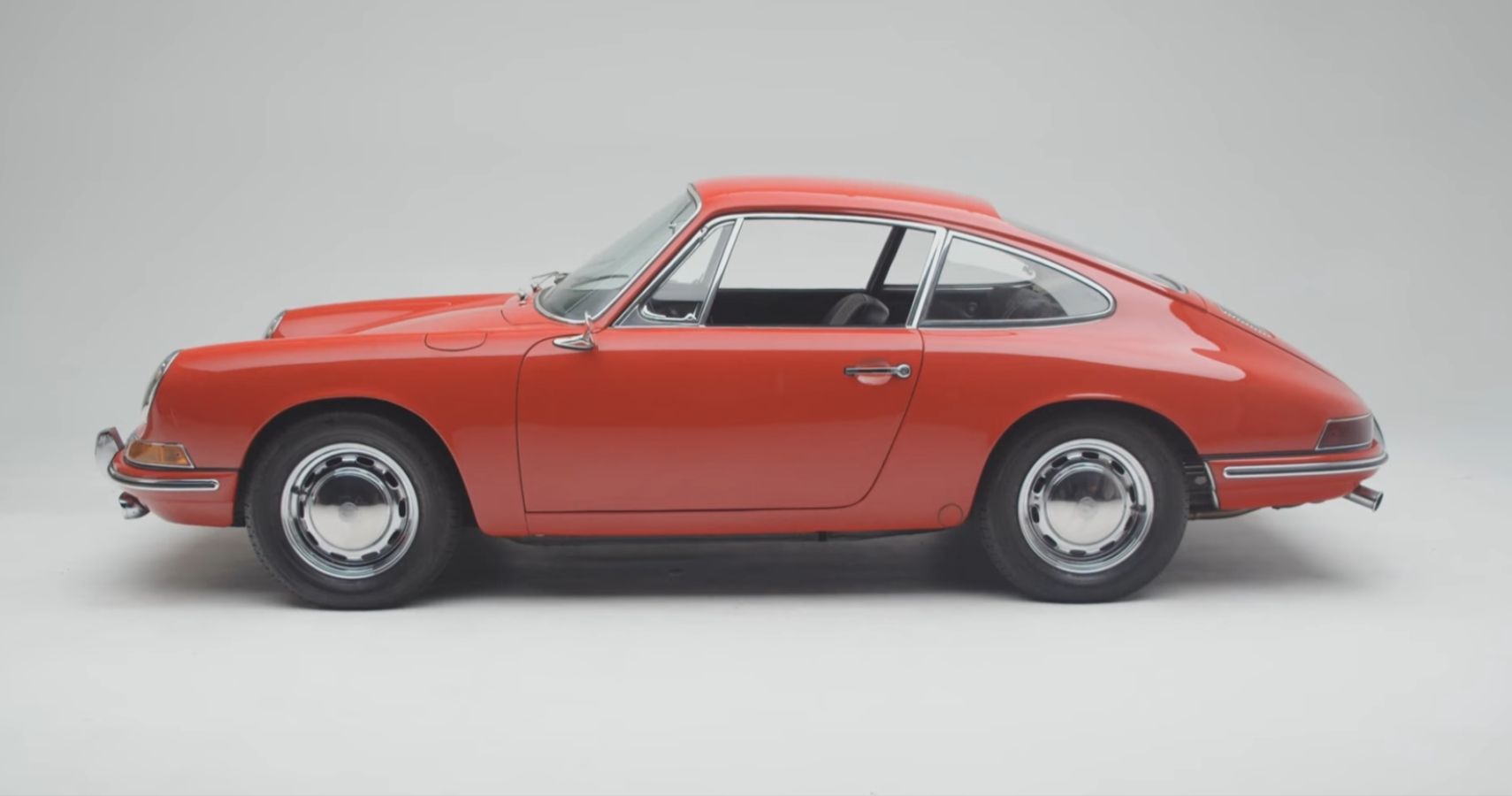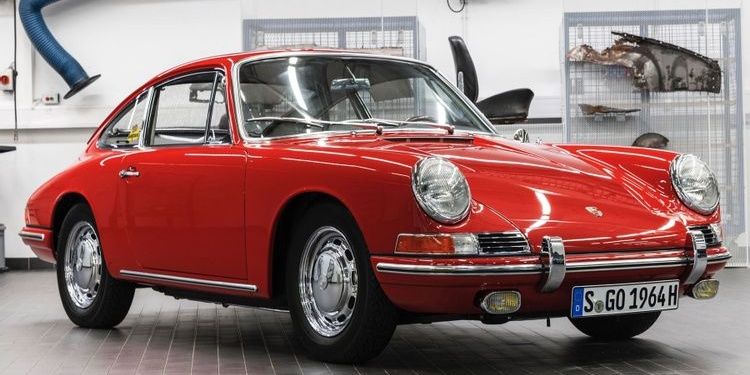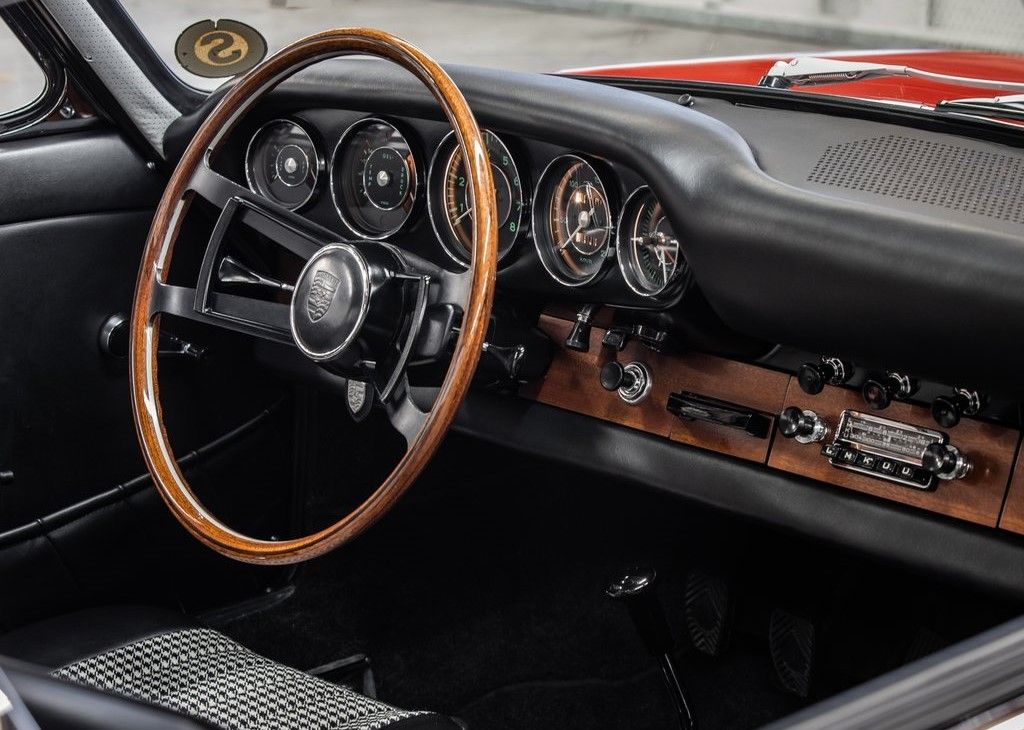Porsche's storied history began in 1948 with the introduction of the Type 356. Porsche The automobile started in 1930 in the office of Professor Ferdinand Porsche. Even if Porsche had fancy plans for his car, it's hard to imagine that he could have imagined the success Porsche has achieved in its 70+ year history.
In 1963, Porsche introduced the 901 to the automotive industry for the first time at the IAA in Frankfurt. It was designed as a direct successor to the Porsche 356. Production of the 901 began in his September 1964, but a month later when Porsche unveiled it at the Paris Motor Show, Peugeot patented his three-digit type designation, which happened to have a zero in the middle. I objected to the model designation because I had acquired it.
The oldest surviving 901 is simply called Number 20. 901 number 57 was discovered in recent years, Porsche restored it to its former glory and is now proudly placed in his museum in Stuttgart, Germany, and is definitely worth it. visit.
Porsche therefore had no choice but to rename the 901 to the 911. This name is one that everyone knows today, whether they are car enthusiasts or not. However, 84 901s were built and purchased before the name was officially changed. It's extremely rare to find, but if you're a gearhead and have only one classic car in your garage, it's the Porsche 901.
The 901 had a 2.0-liter flat six-cylinder engine in the rear that produced 75 horsepower. This he later evolved to 125 hp. The car had excellent aerodynamics and was considered a fast car for its time.
The 901 was officially changed to the 911 and was an overwhelming success for Porsche. It is considered the quintessential sports car by car enthusiasts and journalists around the world. The 911 has undergone many iterations, including the ever-popular Carrera RS and Turbo, but ultimately Porsche has remained relatively faithful to his original 901 design.
When Porsche later introduced a racing car, the design number was Porsche 907 because it didn't have to compete with the road-going Peugeot models that initially helped Porsche had to change the model number from 901. , 908, and 909. to 911.
The Porsche 911 was launched in 1964 after a subsequent name change and was produced until 1969. The rear engine layout remained the same, but Porsche replaced the air-cooled flat-four engine in his 911 with a much larger and beefier engine. A 2.2-liter horizontally opposed 6-cylinder engine that can be used up to the latest 911 model. The newly designed 5-speed manual transmission was popular at the time, and was also installed in the 904 Carrera that debuted at the same time.
In 1967 Porsche continued the momentum gained from the original 901/911 models with the introduction of the more powerful 911. This 911 shared the same flat-six engine and utilized a new Weber 40 IDS carburetor with the ability to generate an additional 29 horsepower of his. The 911 also introduced the "Fuchs" alloy wheels and striking Targa body design to the automotive world. It embodies the characteristic silver rollover hoops and removable roof section.
The 901 was equipped with a large wooden steering wheel with thin rims, and the interior was quite luxurious for a car in the early 1960s. That's a respectable 8.5 seconds for him to reach 0-60mph, and at 4200 rpm he produced a top speed of 131 mph and a maximum torque of 128 lb-ft. The 901 weighed him 2380 pounds and had a wheelbase of 7 feet 3 inches. For a vintage sports car, it had fairly efficient fuel consumption of 19.2 mpg.
The asking price for a 901 in the early 1960s was around $4,000, but now, assuming you can find an original 901, expect to pay in the $100,000 to $200,000 range.


